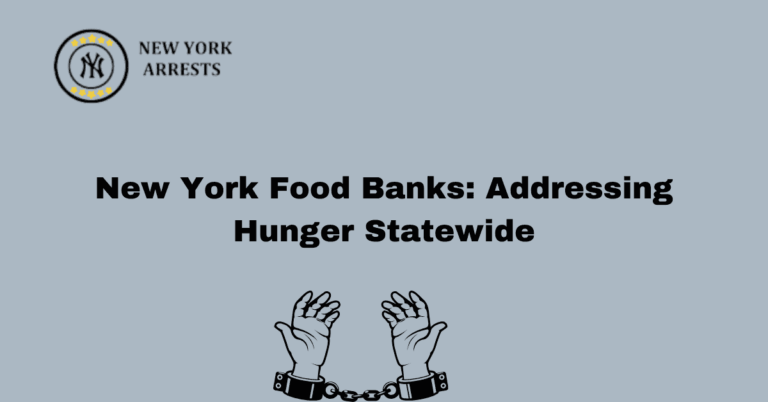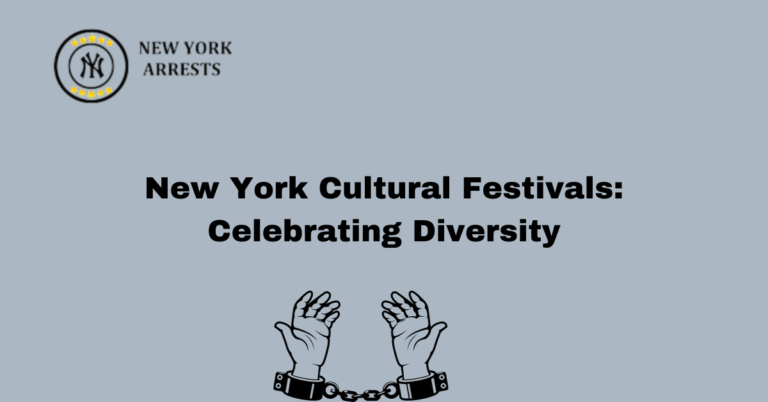New York’s Historical Legacy: A Walk Through Time
New York City stands as a living testament to the intertwining threads of history that have shaped the United States. From its humble beginnings as a Dutch trading post to its current status as a global metropolis, the city’s journey is a narrative of resilience, innovation, and diversity.
Early Settlements
The story of New York begins in the early 17th century when Dutch traders established the colony of New Amsterdam on the southern tip of Manhattan Island. Over time, the English seized control of the territory, renaming it New York in honor of the Duke of York. This period marked the foundation of the city’s multicultural identity, with influences from Dutch, English, and Indigenous cultures shaping its character.
Revolutionary Era
During the American Revolution, New York played a pivotal role as a strategic hub for both British and American forces. Iconic battles such as the Battle of Brooklyn and the Siege of Yorktown unfolded on its streets, leaving an indelible mark on the city’s landscape and psyche. Visionary leaders like George Washington and Alexander Hamilton emerged from this tumultuous period, laying the groundwork for the nation’s future.
Industrial Revolution
The 19th century saw New York transform into a bustling center of commerce and industry. The completion of the Erie Canal in 1825 connected the city to the vast interior of the country, facilitating the flow of goods and people. The rise of industries such as finance, manufacturing, and shipping fueled unprecedented growth, turning New York into the economic powerhouse it remains today.
Immigration Waves
As waves of immigrants flocked to America’s shores in search of opportunity, New York welcomed them with open arms. Neighborhoods like Chinatown, Little Italy, and Harlem became vibrant enclaves of cultural exchange, enriching the city’s tapestry with their traditions and customs. From Irish laborers to Jewish refugees to Caribbean migrants, each wave of newcomers contributed to the city’s dynamism and diversity.
Gilded Age
The late 19th century, often referred to as the Gilded Age, was a time of immense wealth and inequality in New York. Titans of industry like John D. Rockefeller and Andrew Carnegie amassed fortunes beyond imagination, while vast swaths of the population languished in poverty. Yet, amidst the opulence of Fifth Avenue mansions and extravagant balls, a burgeoning middle class began to assert its influence, laying the groundwork for a more equitable society.
Progressive Era
The early 20th century witnessed a groundswell of reform movements aimed at addressing the social and economic injustices plaguing the city. From the fight for women’s suffrage to the campaign against child labor, activists and reformers worked tirelessly to enact change. Figures like Jane Addams and Jacob Riis championed causes ranging from public health to housing reform, leaving a lasting legacy of progress and compassion.
World Wars
New York’s strategic location made it a crucial hub during both World War I and World War II. The city’s ports and factories buzzed with activity as supplies were shipped overseas and war materials were produced at breakneck speed. The war effort brought together people from all walks of life, forging bonds of solidarity that transcended ethnic, racial, and socioeconomic divides.
Post-war Boom
In the post-war era, New York experienced unprecedented growth and prosperity. The GI Bill and Federal Housing Administration spurred a housing boom, leading to the development of sprawling suburbs like Levittown. Meanwhile, the city’s cultural scene flourished, with the emergence of movements like Abstract Expressionism and Beat literature cementing New York’s status as a creative mecca.
Civil Rights Movement
Despite its reputation as a bastion of progressivism, New York struggled with issues of racial discrimination and segregation throughout much of the 20th century. The Civil Rights Movement brought these issues to the forefront, as activists like Malcolm X and Bayard Rustin led protests and marches demanding equal rights and opportunities for African Americans. Their efforts paved the way for landmark legislation like the Civil Rights Act of 1964 and the Voting Rights Act of 1965.
Urban Renewal
The latter half of the 20th century saw New York undergo a period of urban renewal and redevelopment. Projects like the construction of the Lincoln Center and the revitalization of Times Square aimed to rejuvenate blighted areas and spur economic growth. However, these efforts were not without controversy, as critics decried the displacement of low-income residents and the destruction of historic neighborhoods.
Cultural Renaissance
Despite these challenges, New York experienced a cultural renaissance in the latter half of the 20th century. The city’s vibrant arts scene attracted talent from around the world, leading to the emergence of movements like hip-hop, punk rock, and street art. Iconic venues like Studio 54 and CBGB became incubators for creativity and innovation, solidifying New York’s reputation as a cultural capital.
9/11 and Its Aftermath
The terrorist attacks of September 11, 2001, shook New York to its core, claiming thousands of lives and forever altering the city’s skyline. In the aftermath of the tragedy, New Yorkers rallied together with resilience and resolve, exemplifying the city’s indomitable spirit. The rebuilding efforts at Ground Zero symbolized not just physical renewal, but also the triumph of hope over despair.
Modern Challenges
Today, New York faces a new set of challenges, from income inequality to climate change. Rising rents and gentrification threaten to displace long-time residents, while sea level rise and extreme weather events pose existential threats to the city’s infrastructure and way of life. Yet, amidst these challenges, New Yorkers remain undaunted, drawing strength from their shared history and sense of community.
Preserving the Legacy
As New York continues to evolve and change, it is imperative that we preserve its rich cultural heritage for future generations. From historic landmarks like the Statue of Liberty to neighborhood institutions like Katz’s Delicatessen, these sites serve as touchstones to the past, reminding us of the struggles and triumphs that have shaped the city we know today. By honoring our history and embracing our diversity, we can ensure that New York’s legacy endures for centuries to come.
FAQs
What historical events shaped New York’s legacy?
New York’s historical legacy is shaped by numerous events such as the arrival of European settlers, the American Revolutionary War, the Industrial Revolution, and the growth of the city as a major cultural and financial hub.
What are some famous landmarks in New York that reflect its historical legacy?
Iconic landmarks like the Statue of Liberty, Ellis Island, Empire State Building, Times Square, and Central Park are all part of New York’s historical legacy, representing different periods and aspects of its rich history.
How did immigration contribute to New York’s historical legacy?
The influx of immigrants from various countries during the 19th and 20th centuries greatly contributed to New York’s cultural diversity and economic growth. Immigrants brought their traditions, languages, and skills, shaping the city’s identity and leaving a lasting impact on its history.
What role did New York play during the American Revolution?
New York played a crucial role in the American Revolution as it served as the headquarters for British forces and witnessed significant battles like the Battle of Long Island and the Battle of Saratoga. The city’s strategic location and political significance made it a focal point during the fight for independence.
How did the Industrial Revolution shape New York’s historical legacy?
The Industrial Revolution brought about rapid urbanization and transformed New York into a center for manufacturing, trade, and commerce. The growth of industries such as textiles, shipping, and finance propelled the city’s economic development and established its position as a global economic powerhouse.
What cultural movements have left a lasting impact on New York’s historical legacy?
New York has been a hotbed for cultural movements throughout history. From the Harlem Renaissance in the 1920s to the birth of hip-hop in the Bronx, these cultural movements have shaped the city’s artistic, literary, and musical heritage, contributing to its vibrant cultural scene.







